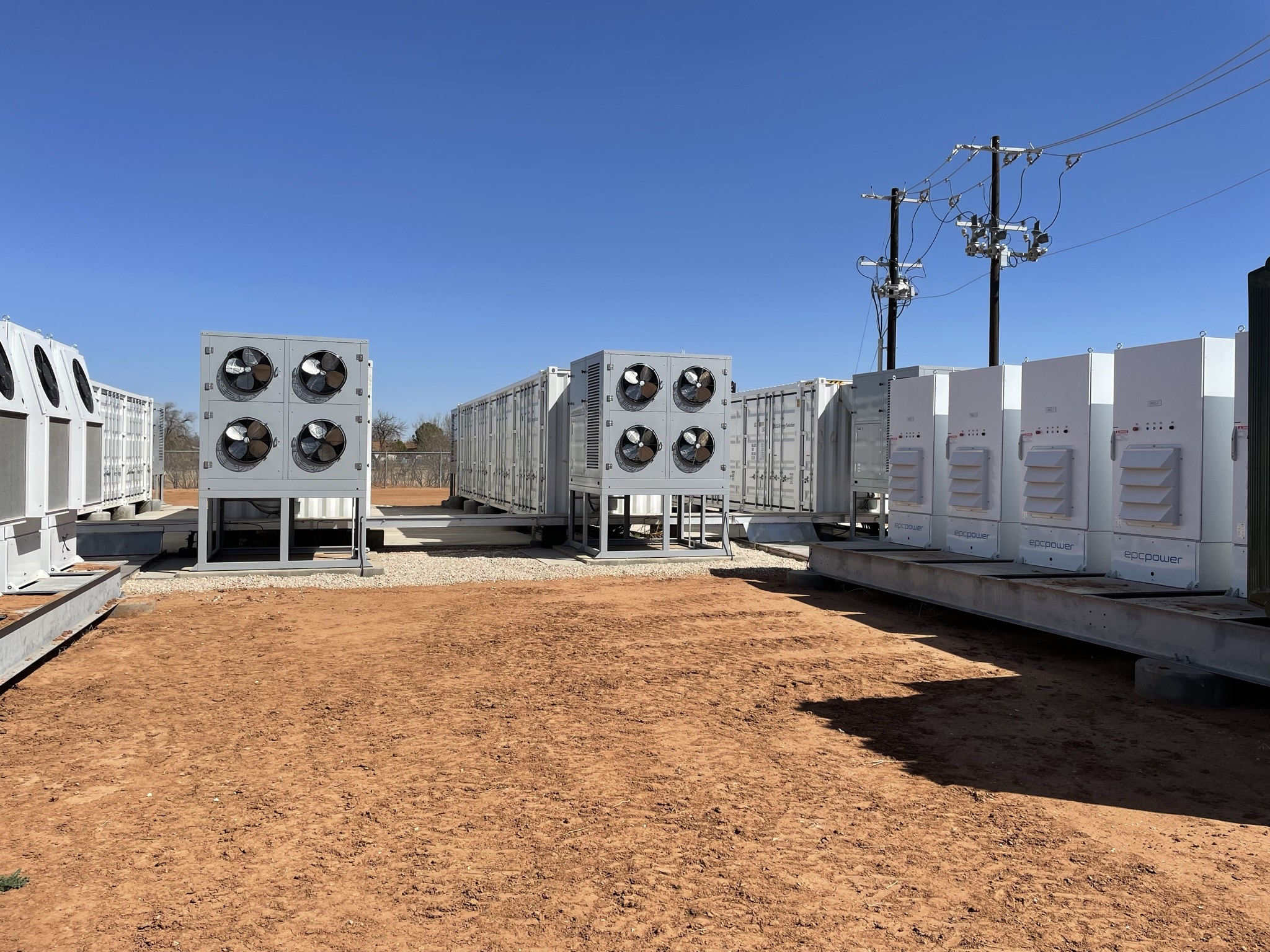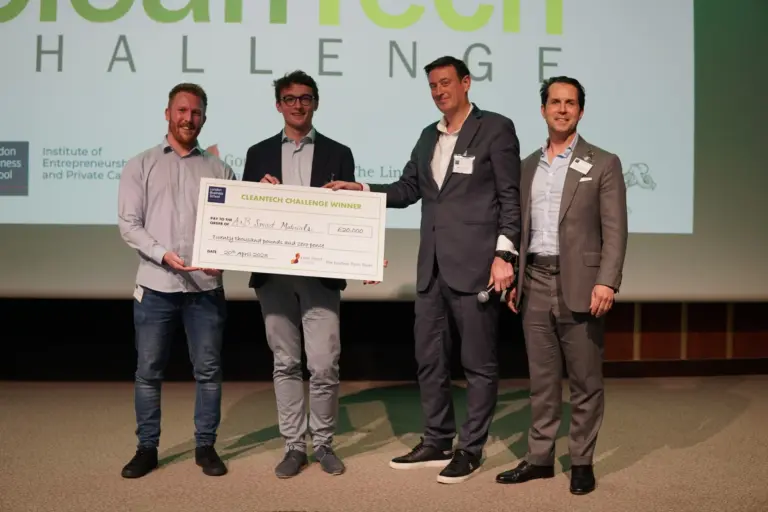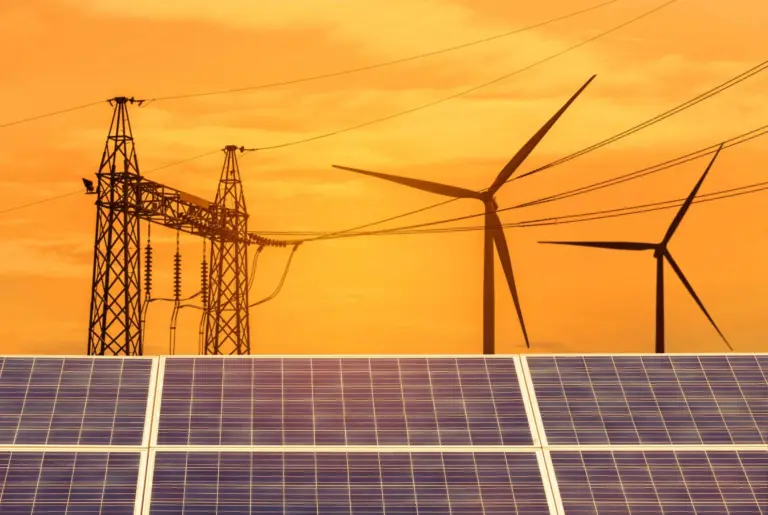
Tackling Climate Volatility in the Texas Market
Texas has become a volatile market in recent years due largely to the extreme weather events that are increasingly taking place on a regular basis due to climate change. The winter storms of February 2021, which left 246 people dead, laid bare weaknesses in the state’s grid system, operated by the Electric Reliability Council of Texas (ERCOT). Over 52 GW of capacity was lost from the grid, led by outages at gas-fired power plants, as frozen systems failed across the state.
ERCOT has since been under significant pressure to improve its preparedness after underestimating the scale of freezing weather and subsequent demand for power from its 26 million customers. It was faced with a similar situation in December 2022, when Winter Storm Elliott struck on Christmas weekend.
Almost 17 GW of generation was lost or derated overnight on 23 December, while demand reached 10 GW higher than predicted. Despite many of these generating units expected online the next day, ERCOT acted to secure enough additional reserve power to get Texas through the worst of the storm. This allowed battery storage to showcase its value in tackling the crisis.
As the investment manager of Gore Street Energy Storage Fund (GSF), Gore Street Capital (GSC) operates three 9.95 MW, two-hour duration systems acquired as part of GSF’s first US investment in March 2022. This portfolio, which includes four more projects expected online in H1 2024, is targeted at ERCOT’s ancillary services market. These systems respond to deviations in grid frequency caused by fluctuations in the supply and demand of electricity.
Ancillary services play a significant role in responding to periods of extreme weather, which often cause spikes in pricing. December’s cold snap, for example, saw accessible prices as high as $2,976.97/MW/hour emerge.

Similar trends are also seen during summer months, with Texan heatwaves resulting in similar levels of demand as those seen in the winter. GSF assets were called upon in July when scorching temperatures led to peak demand of almost 79 GW at a time of low wind speeds and reduced output from thermal generators like coal and natural gas plants. This combination sent power prices to $2,000/MW/hour.
These incidents are acutely felt in states like Texas with significant solar capacity, which had almost 15 GW of installed capacity as of December 2022. This generation delivers considerable capacity during the day but falls just in time for Texans to get home in the evening and turn on cooling systems. While output from the state’s almost 37 GW fleet of wind turbines can often help offset this drop in solar power, evenings of low wind speeds during heatwaves can make meeting demand a significant challenge.
This ‘duck curve’ effect is already seen in California, where the timing imbalance between solar generation and grid demand throughout the day leads to curtailment of renewables and an increase in peak supply from thermal generators. With more renewables expected to come online in the coming years, Texas could face an extreme version of the same imbalance without support for clean sources of flexibility.
GSF invests in energy storage solutions that meet the needs of each of the grid systems in which its assets currently operate, which is why the Texan assets under management by GSC deliver longer duration than deployed by GSF in other markets. This includes GSF’s latest acquisition, the 75 MW Dogfish project located in West Texas, which is likely to be a two-hour system and will be transformational to the level of response we can give to ERCOT’s needs when it comes online in the first half of 2024.
These longer duration systems can help smooth the transition from high levels of renewable generation by storing and delivering this clean electricity when it is not available, delivering a greater positive impact for the grid operator.
Utilising these assets to tackle the consequences of extreme weather events brought on by climate change will enable battery storage to facilitate greater integration of renewable capacity and displace thermal generation as the key source of grid flexibility.


